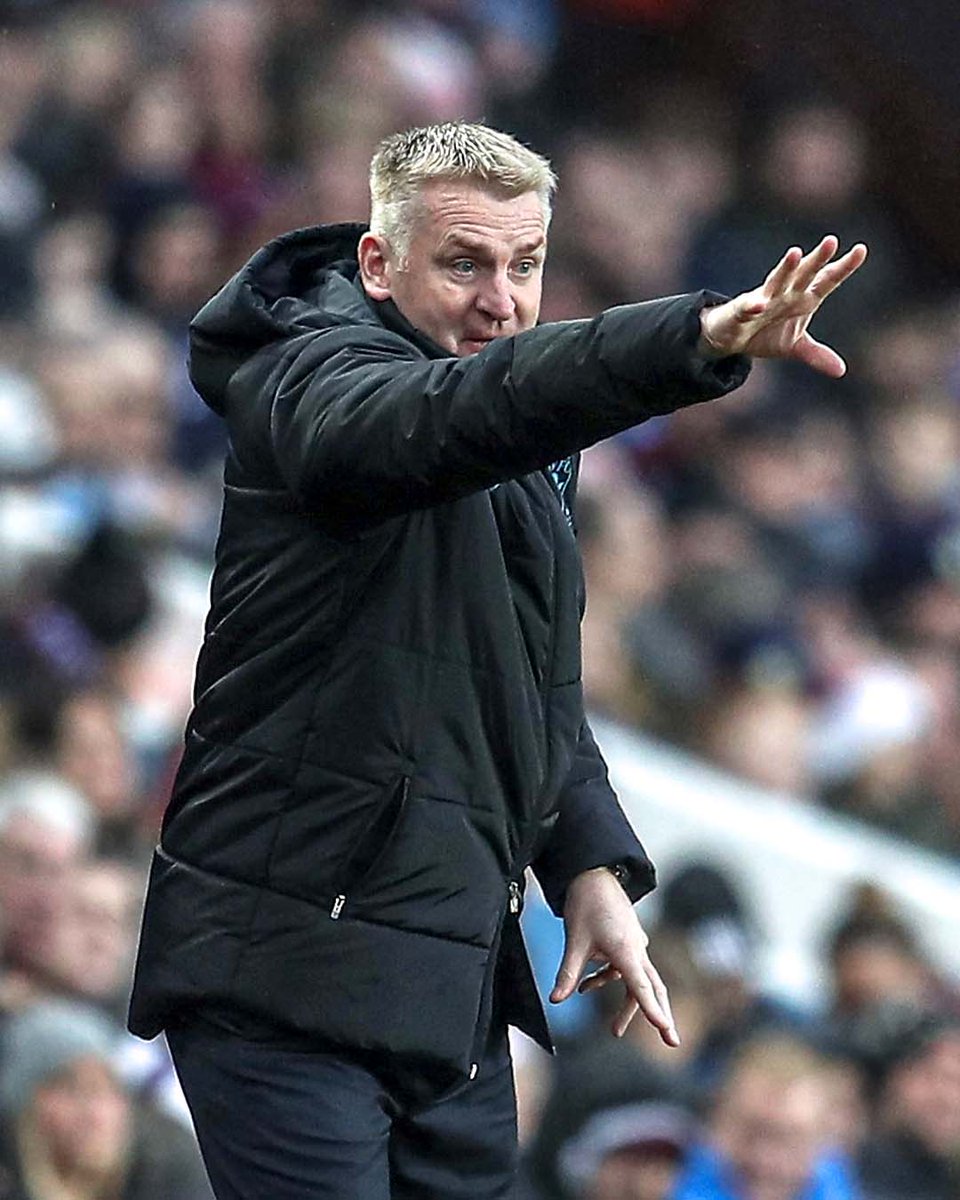
Thread 🧵
Counter-pressing explained... 🏃♂️⏱️
Counter-pressing explained... 🏃♂️⏱️
Counter-pressing is a strategy used to disrupt the opposition as soon as possession is lost – the point of defensive transition. It involves aggressively pressing the ball and the opponents near to the ball with several players... ⏱️🧵 

Pressing is one of the five defensive principles, and has been an aspect of the game since football was invented. It grew in prominence from the '60s, when Ernst Happel, Rinus Michels, Valeriy Lobanovskyi and Arrigo Sacchi all had their teams adopt an aggressive press... ⏱️🧵 







More specifically, counter-pressing is a translation from the German word ‘gegenpress’. Many German coaches, including Wolfgang Frank, Ralf Rangnick, Jürgen Klopp, Thomas Tuchel and Julian Nagelsmann, have developed and used this strategy at various clubs... ⏱️🧵 

In possession, teams make the pitch as big as possible by placing players all over the pitch. The aim is to increase the space to play in and the distances that the opposition have to cover when defending... ⏱️🧵 

Klopp has used aggressive counter-pressing with success at Dortmund. This was high up the pitch in domestic games, and in the middle third against stronger sides in Europe. His Liverpool have become known for their suffocating counter-pressing in all areas of the pitch... ⏱️🧵 

Guardiola has merged aggressive counter-pressing with his possession-based style. The use of full-backs who move infield, a false nine and inverted wingers mean his teams have extra bodies in central positions, ready to counter-press following a defensive transition... ⏱️🧵 

Bielsa asks his teams to aggressively counter-press all over the pitch. When in possession, his players rotate positions constantly and are free to move all over the pitch. Bielsa then relies on the players closest to the ball to aggressively swarm around the ball-carrier... ⏱️🧵 

With both RB Leipzig and Southampton, Hasenhüttl’s counter-pressing in midfield has proved a productive way of creating chances through counter-attacks. From a compact 4-4-2, his players crowd the space around the ball and limit the opposition’s chances of playing out... ⏱️🧵 

• • •
Missing some Tweet in this thread? You can try to
force a refresh















